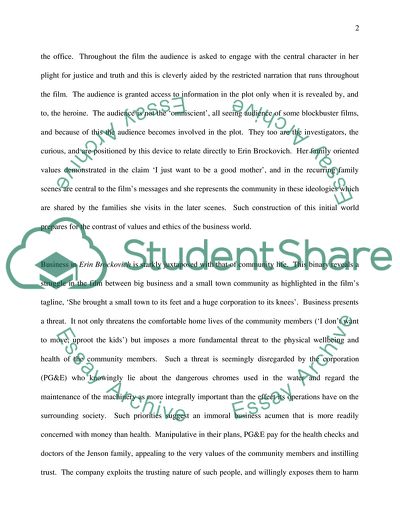Cite this document
(The Representation of Business in Erin Brockovich (2000) and Other Peo Case Study, n.d.)
The Representation of Business in Erin Brockovich (2000) and Other Peo Case Study. Retrieved from https://studentshare.org/visual-arts-film-studies/1718031-looking-for-an-insight-or-insights-into-business-by-a-comparison-of-two-films
The Representation of Business in Erin Brockovich (2000) and Other Peo Case Study. Retrieved from https://studentshare.org/visual-arts-film-studies/1718031-looking-for-an-insight-or-insights-into-business-by-a-comparison-of-two-films
(The Representation of Business in Erin Brockovich (2000) and Other Peo Case Study)
The Representation of Business in Erin Brockovich (2000) and Other Peo Case Study. https://studentshare.org/visual-arts-film-studies/1718031-looking-for-an-insight-or-insights-into-business-by-a-comparison-of-two-films.
The Representation of Business in Erin Brockovich (2000) and Other Peo Case Study. https://studentshare.org/visual-arts-film-studies/1718031-looking-for-an-insight-or-insights-into-business-by-a-comparison-of-two-films.
“The Representation of Business in Erin Brockovich (2000) and Other Peo Case Study”. https://studentshare.org/visual-arts-film-studies/1718031-looking-for-an-insight-or-insights-into-business-by-a-comparison-of-two-films.


